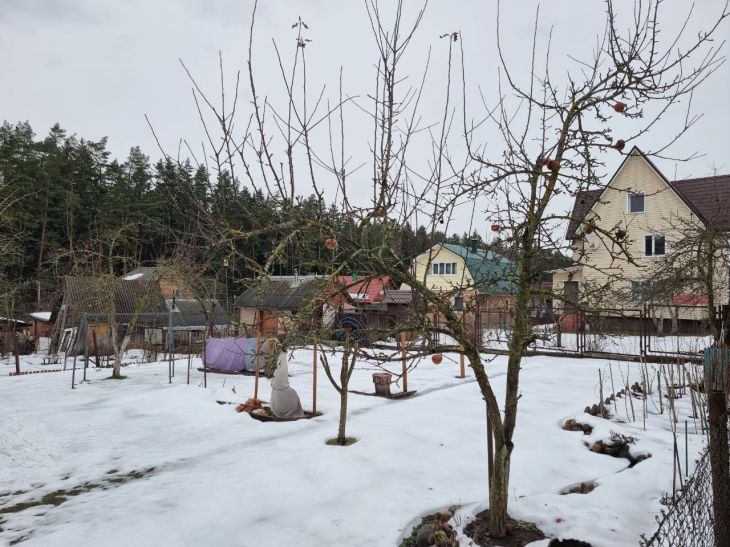They Are Among Us: Where Winter Pests Hide and How to Fight Them
With the onset of winter cold, garden pests do not disappear - they are still among us.
In particular, where the land holdings of summer residents, gardeners, and horticulturists extend.
Don't relax. The voracious enemies are hiding in the shelters they've found in the gardens and vegetable patches.
The damned things calmly survive the winter, and then again take up their work that is destructive to plants.
The main thing is to be attentive in the garden
There is little joy in such a situation. But it is possible to make sure that these infections do not wait for warm weather.

Agronomist and landscape designer Anastasia Kovrizhnykh spoke about methods of protecting gardens and vegetable plots from pests in winter.
According to the specialist, insects usually choose the top layer of soil or cracks in the bark of plants for wintering.
Therefore, it is worth going around the entire garden and carefully examining every tree and every bush.
If the plants were previously damaged by pests and treatments were carried out rarely, you will find hordes of insects in the tree trunk circles.
If found in the soil
The ideal conditions for their wintering are fallen leaves and soil insulated by snow.
This is where you can find weevils, sawflies, codling moths, bark beetles, etc.
What to do in such a situation? First of all, remove the fallen leaves.
If the plants were seriously ill last season, it is better to burn them. Do not compost them or use them as mulch.
The second step is to carefully dig up the soil, allowing the birds to feast on the insects that come to the surface.
And the pests can simply freeze, since they will not be able to hide again.
Step three: cover the soil with roofing felt or other heavy, dense material. It will be difficult for insects to get out.
If found under the bark
As for the bark, under it you can come across the eggs of scale insects, gypsy moths, as well as adult weevils, codling moths, bark beetle larvae, etc.
In this case, you need to spread a film or burlap under the tree, scrape off the parasites and their eggs with a scraper, and then burn them.
Next, carefully remove the dry bark, dead areas and pests along with them.
We cut off the affected shoots, remove rotten, diseased, and lichen-covered branches.
If, as these days, the air temperature outside does not fall below +1 degree, and frosts are not predicted, you can whitewash the trees in the garden.
Whitewashing will protect plants not only from the bright winter sun, but also from insects and rodents.
You can also hang bird feeders around the area to attract birds, enemies of the aforementioned small pests, to the garden.
